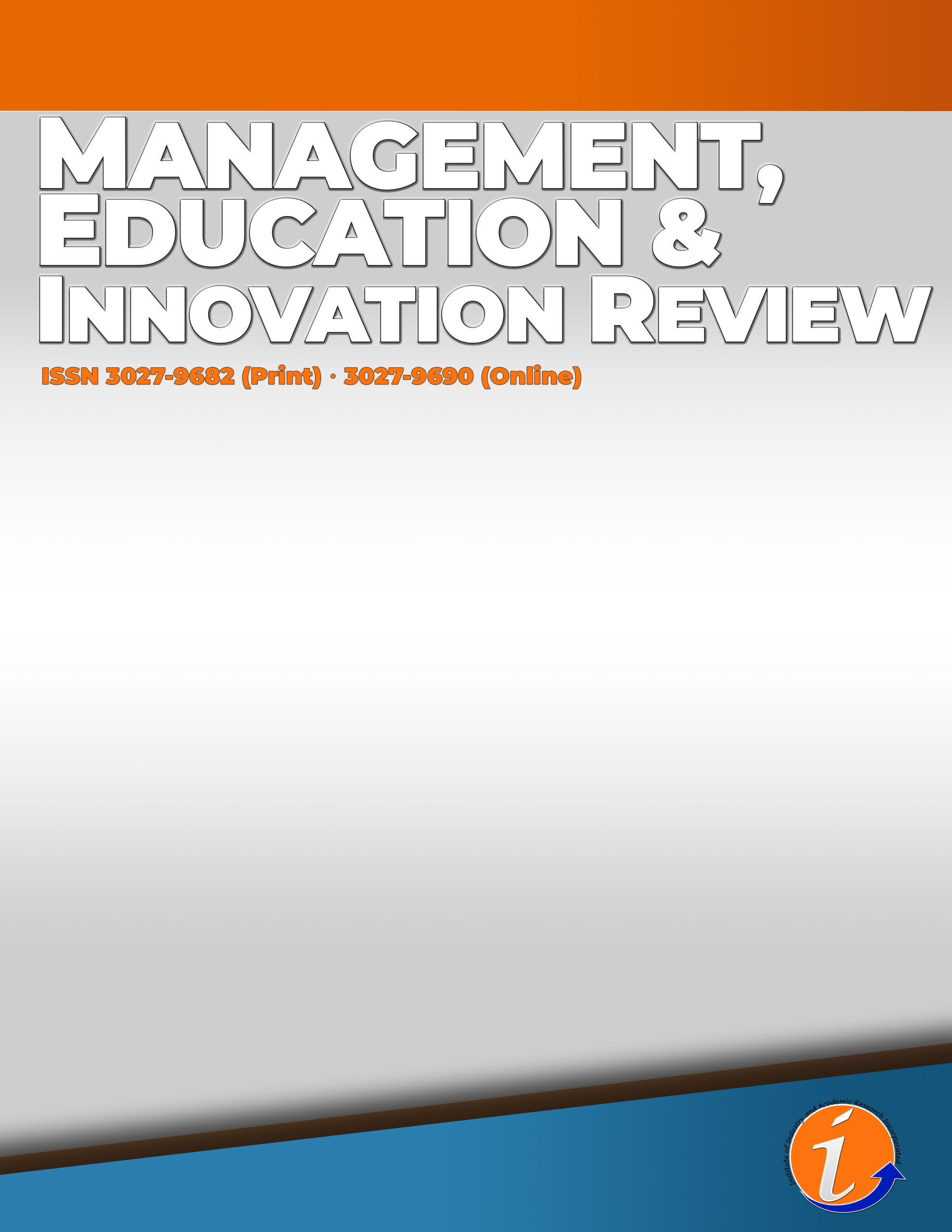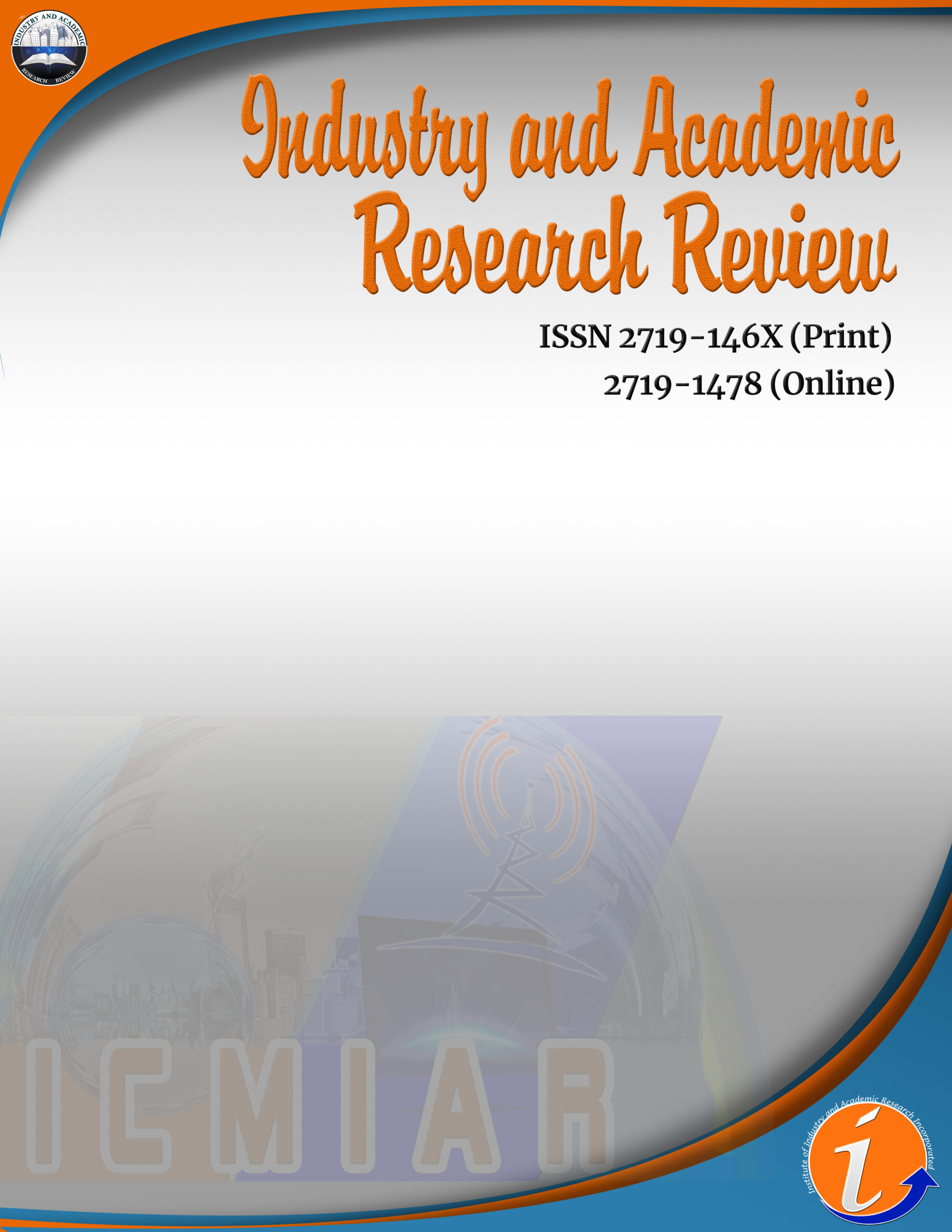This study was conducted to assess the effectiveness of using instructional materials focused on the use of context clues in inferring meaning as a strategy for vocabulary development. On the other hand, quasi experimental using the one group pre-test post-test was used as research design. The study utilized the Grade 5 pupils of a certain school in the District of Ibajay East, Division of Aklan, School Year 2023-2024 as research participants. Total enumeration was employed in this study. A researcher-made pretest and posttest was used as an instrument. After the test was answered, it was retrieved, reviewed, coded, encoded, and processed using the Statistical Package of Social Science (SPSS) Software v. 22. The level of vocabulary skills of Grade 5 pupils in the pretest was moderate. Based on the result of the pretest, an intervention using context clues in inferring meaning was introduced. A posttest was administered after the intervention and the result showed that the level of vocabulary skills of the participants was high. The mean gain score of the vocabulary skills before and after the exposure to the intervention was 13.57. As an output, a Learning Activity Sheet or instructional material was developed. Since the Philippine educational system has been facing myriad of problems due to poor reading comprehension which resulted to the increasing number of academically-challenged learners, the results of this study can be used as a basis to provide varied learning materials which will serve as supplementary tool for teachers to develop and enhance learners’ vocabulary.
inferring meaning, context clues, vocabulary development, instructional material
License:
![]()
This work is licensed under a Creative Commons Attribution (CC BY 4.0) International License.







